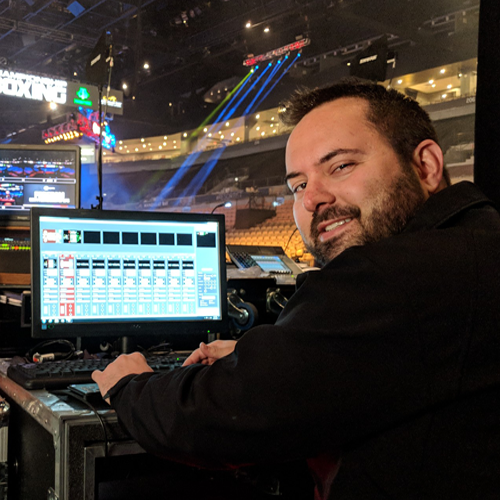From the earliest days of television, lighting has been used to enhance the way a picture looks on camera. What started out as a simple transition from stage to studio, has become a multi-million dollar industry that offers a huge range of powerful tools and advances in lighting technology.
As far back as the 1900s at the birth of television, the best source of illumination was considered to be natural sunlight. As technology moved on, studio lighting became a standard fixture in studios the world over. Large lighting rigs that involved lots of heavy fixtures, plenty of power to illuminate them all and a heap of air conditioning to keep them cool, became an intrinsic part of studio filming.
In recent years, however, the lighting industry has found ways to produce lighting tools that illuminate entire studios and sets perfectly, but in a far more efficient and cost-effective way.
From Traditional Tungsten to LED – An Innovation In Studio Lighting
Traditionally studios were lit using tungsten lighting instruments. These heat inducing, power guzzling lights were famously hot and difficult to work with. They were also potentially hazardous in the wrong hands or in cramped environments.
Tungsten lights were also renowned for producing off-white lighting meaning that color correction was often necessary after filming.
Innovations in studio lighting meant that more efficient light sources such as LED lighting became more readily available, leading to a new generation of lighting tools for both indoor and outdoor usage.
Another major advancement in studio lighting was the ability to operate lights remotely. DMX control panels offer technicians complete control over every element of set lighting without them having to interfere with the action in front of the camera.
While the original LED lighting was not infallible, advancements have been made since their introduction into. These days lighting crews have access to some of the most advanced and efficient lighting tools ever seen.
These include:
Punch Lights
Punch lights are one of the most powerful, daylight- balanced LED white light solutions available on the market today. These high-intensity luminaire lights flood an area with light whose color temperature is approximately that of daylight, making them perfect for studio filming.
Space Lights
Space Lights are usually used in concert with multiple other space lights to provide an ambient, soft lighting source from above. They help to create a base daylight ambiance or an overall soft base exposure.
Fresnel Lights
These are very common in studio environments and use a special type of lens that is divided into concentric circles, resulting in a much thinner lens than a conventional lens of the same power that evens out the light. Lighting technicians can then easy vary from floor to spot by changing the distance between the lamp/reflector unit and the lens.
Practical Lights
A practical light is considered any light source that will appear in the scene such as a table lamp, a car headlight or even just a handheld flashlight. Existing bulbs can be swapped out for those of a different wattage or color temperature depending on the needed effect and desired contrast ratios required within the scene.
Fluorescent Lights
Fluorescent lighting is much more efficient than incandescent light and is capable of generating up to 100 lumens per watt, similar to the output of HMI. Fluorescent film lighting is most often used in fixtures containing banks of tubes, that are either tungsten or daylight balanced to produce a soft, even light that can be used in close proximity to the subject.
Frank Gatto & Associates – The Lighting Experts
Whatever your event or production, the team at Frank Gatto are all about harnessing innovations in lighting technology to ensure that we continue to offer the finest lighting direction in the business.
Call us today at (561) 368-0101 to find out more.
Frank Gatto & Associates, Inc. are specialists in lighting for television events of all kinds. If you have an event that needs expert lighting, please call us today to see how we can help.
Phone: 561-368-0101
Email: frank@frankgattolighting.com
We can be found on Social Media at the following links.




